The Mazda CX-5 just keeps going from strength to strength. It’s one of Australia’s best-selling SUVs and has catapulted Mazda to the nation’s second best selling car brand. Ford has also been busy sharpening their mid-size SUV offering with the new Escape. Ford has high hopes for the Escape, hoping to take a bite of ever growing SUV sales locally.
The previous generation of the Ford Escape barely sold in the all-important medium SUV segment. Compared to the runaway sales success of the Toyota RAV4 and Mazda CX-5, its sales were barely a blip on the sales radar. Ford has now rebooted the Escape brand locally, hoping that it can claw back some lost ground. The Escape will have to do battle with the CX-5 tested here, and be successful in stealing buyers away from the Mazda. We’ve already seen why the CX-5 is so popular from our previous reviews – it’s well built, feels premium and drives well, all for reasonable money. Toppling the CX-5 on merit will be difficult for the new Escape, but Ford’s high hopes cannot be discounted.
So which family SUV should you buy? The evergreen Mazda CX-5 or the newcomer Ford? Both are decent cars but one impressed us in particular. Read on to find out who the king of the duel is.
Price & Equipment:
Pricing for the 2021 Mazda CX-5 kicks off at $31,190 plus on-road costs for the entry-level Maxx 2.0L 2WD manual. By contrast, the entry-level 2021 Ford Escape starts higher at $35,990 plus on-road costs for the entry-level 2.0L turbo petrol auto 2WD. We compared the best variants of each: the mid-spec Escape ST-Line 2WD ($37,990 plus on-road costs – the AWD is $3,000 more) and the top-spec CX-5 Akera AWD ($51,880 plus on-road costs).
Why compare a mid-spec Escape to a top-spec CX-5? We believe them to be the best variants in each range as the top-spec Escape Vignale is too much money – but the CX-5 Akera’s price jump from the lower spec GT is entirely worth it because of the added standard kit.
“Why compare a mid-spec Escape to a top-spec CX-5? We believe them to be the best variants in each range”
Equipment shared between both cars include LED headlights with auto high beam, dual-zone climate control with rear vents, keyless entry with push button start, a leather steering wheel, selectable driving modes, wired Apple CarPlay and Android Auto, electric parking brakes, paddle shifters, auto lights and wipers, satellite navigation, digital radio, an auto-dimming rear mirror, heated and auto-folding mirrors and LED ambient lighting.
Both cars also feature a long list of standard safety features including six airbags, auto emergency braking (AEB) with pedestrian detection, adaptive cruise control with stop and go functionality, lane departure warning with lane keep assist, blind-spot monitoring with rear cross-traffic alert, front and rear parking sensors, driver attention monitoring, tyre pressure monitoring and traffic sign recognition.
Optional on the Escape ST-Line is the ST-Line Option Pack ($2,800), which includes a power tailgate, heated front seats, Matrix headlights and a heads-up display – all of which is standard on the CX-5 Akera. Its no-cost colour options include ‘Blazer Blue’, ‘Agate Black’ and ‘Frozen White’ – $650 extra gets you ‘Blue Metallic’, ’Magnetic’, ‘Rapid Red’, ’Solar Silver’ and ‘White Platinum’.
Being the top-spec CX-5, nothing is optional except colour. $495 extra for paint gets you ’Soul Red Crystal’, ‘Machine Grey’ or ‘Polymetal Grey’ and no-cost options include ‘Jet Black’, ‘Deep Crystal Blue’, ‘Eternal Blue’, ‘Titanium Flash’, ‘Sonic Silver’ and ‘Snowflake White Pearl’.
Despite costing less than the CX-5, the Escape ST-Line offers some equipment advantages, including live traffic for the satellite navigation system, a fully digital driver’s display, roof rails, remote start, sports pedals, wireless phone charging, an alarm, cornering front fog lights, rear fog lights, floor mats, rear privacy glass and lumbar adjustment for the front passenger.
But the CX-5 adds Nappa leather upholstery, 19-inch wheels, a sunroof, heated front and rear seats, a heated steering wheel, ventilated front seats, a larger 10.25-inch (non-touchscreen) infotainment system, a 10-speaker Bose sound system, auto braking in reverse and a 360-degree parking camera.
Including metallic paint and the ST-Line Option Pack, an Escape ST-Line is $47,990 drive away and the CX-5 Akera is $55,990 drive away. Is the CX-5 worth an extra $8,000? Not in our opinion – the Escape is very well equipped as it is and its engine is a stronger performer than the CX-5. But in Akera form, the CX-5 offers the mid-size SUV segment a huge standard equipment list – for a price.
Overall however, we must give the value for money win to the Ford Escape. The Ford just seems to pack in large amounts of standard equipment consistently across the model range, and it does so for less money than equivalent models in the CX-5 range.
Performance & Fuel Economy:
The Escape ST-Line features a 2.0-litre turbocharged four-cylinder producing 183kW and 387Nm. Power goes to the front wheels via an eight-speed torque converter auto and all-wheel drive is $3,000 more. The Escape’s engine is simply sublime, with excellent acceleration and decent mid-range shove. The engine has a beautifully deep note, and sounds as if out of a sports car.
The eight speed auto isn’t as successful however. It seems to stumble and lag at times, seemingly having a mind of its own. Sometimes, it’s slow to respond at low speeds but seems to be hyperactive as higher speeds. Officially, the Escape should use 8.6L/100km of petrol, a result that we struggled to achieve in the real world. Around town, expect to see 12s, and 8s on the open road.
Mazda’s CX-5 was always criticised for not having any turbocharged petrol options. That all changed a few years ago with the introduction of a new 2.5L turbocharged engine, which pumps out 170kW and a thumping 420Nm of torque. It feels just as fast as the Escape and the engine is equally quiet as well, making for effortless country touring. It does an effortless job of bringing the heavy CX-5 up to speed. Around town, the Mazda’s drivetrain feels more natural than the Ford’s and the automatic gearbox always seems to find the right gear for the occasion (despite only having six speeds). That new turbo engine does like a drink however, and just like the Ford, its real world is much higher than the claimed 8.2L/100km. We averaged similar fuel consumption figures to the Ford.
Overall, we’d lean towards the Mazda CX-5 having the better engine and gearbox combo over the Ford Escape. The Escape might not be bad by any stretch of the imagination, it’s just the Mazda is equally as swift and much more relaxing to drive.
Ride & Handling:
Ford of Europe (who are the German based team behind the Escape) always seem to create the most wonderfully uncompromising driver’s cars. Their products such as the Fiesta ST or even the Puma are simply beautiful to drive. They entertain on twisty roads and equally provide great ride quality.
Sadly, the new Escape does neither, and we’re slightly lost for words with this generation of Ford’s mid-size SUV. The previous generation Ford Escape was among the best mid-sized SUVs to drive, in keeping with Ford’s fine tradition but this new model is rather perplexing.
The usual Ford tradition of offering fine steering is no longer present in the Escape. The steering is inconsistently weighted, vague on-centre and extremely twitchy meaning that highway driving can be a chore. The handling itself is fine, the Escape stays predictable and the Continental ConitSportContact5 tyres grip well. The suspension also does a great job of soaking up large bumps in the road, though can feel fidgety over smaller bumps. Overall refinement is decent however thanks to double laminated windows and some clever engineering designed to reduce road noise.
The previous generation Ford Escape was among the best mid-sized SUVs to drive, in keeping with Ford’s fine tradition but this new model is rather perplexing
The CX-5 just feels like a vastly more coherent car on the road. It rides better, is even quieter and doesn’t feel as rough around the edges as the Escape. The Mazda is not trying to be something its not, where the Escape is an SUV trying too hard to be a sports car. The CX-5 turns in smoothly, grips well and simply rides effortlessly over bumps around town and on the open road. Its chassis is supple and the Mazda has a fluidity which the Escape cannot match. The CX-5 feels very much like some of the best in the class to drive, such as the RAV4, perhaps without the germanic solid feel of the Volkswagen Tiguan.
On the road, the Mazda has a decisive win, coming in with a superior ride and much more composed on road manners. We thought we’d never say this, but the Ford is inferior when it comes to ride and handling.
Interior & Practicality:
Both of these SUVs have decent interiors, though their strengths lie in different areas. The Ford feels more modern and up to date, whilst the Mazda has an air of old-school refined luxury.
The Escape has a markedly better interior than the model it replaced and is another example of how Ford is improving their interiors. Much like the Ford Focus small car, the design is fresh, the ergonomics are spot on and material quality is good. The driver is well looked after with a sporty and chunky flat-bottomed steering wheel, clear digital gauges (though not up to Volkswagen’s standard in the Tiguan) and plenty of sporty accents such as the red stitching dotted around the cabin. The dashboard feels high quality and most switches have a sturdy feel.
Stepping into the Mazda’s cabin makes reveals a more premium interior, with higher quality materials and just an air of class. The design might be getting on a bit these days with a new model due in a few years, but the CX-5’s interior is still a lovely place to spend time in whether commuting to work or out on the open road. The soft leather is beautifully supple whilst all of the buttons, switches and dials have smooth solidity to them.
Stepping into the Mazda’s cabin makes reveals a more premium interior, with higher quality materials and just an air of class
The Escape comes with Ford’s excellent Sync 3 infotainment system which is accessed through a super clear 8.0-inch touchscreen that lies front and centre on top of the dashboard. It features inbuilt satellite navigation, a voice control system as well as the snazzy FordPass Connect embedded modem which can serve as a hotspot for your mobile phone. Wired Apple CarPlay and Android Auto also feature. The system is hooked up to a six-speaker sound system offering decent sound. Overall, we’re big fans of Sync 3’s usability and features. It’s uncomplicated and simple to use. The Escape offers both a USB-C and a USB-A port.
The CX-5 comes with Mazda’s Mazda Connect system on an 8-inch screen and not the newest Mazda Connect found in models such as the Mazda3 – though the newest CX-5 is now equipped with that system. The console mounted click-wheel really helps with using the system whilst driving however and the system does feature wired Android Auto and Apple CarPlay.
The CX-5 isn’t as roomy as the Escape due to being from an older era. It has slightly less room in the back seats for knees, but its more upright body gives more headroom.
In the Escape there’s tonnes of room up front, but the seats are extremely little flat and lack bolstering but it are really adjustable. The driving position is nice and high as you’d expect in an SUV. Those wanting to sit lower will want to buy a wagon. Jumping into the back seats, you’ll see how much room the Escape has. Both knee and headroom are excellent, though the rear centre armrest is missing. The Escape also has a sliding rear seat to make more room for occupants or for cargo in the boot.
The Escape’s boot yields a very competitive 556L (laden to luggage tray) space – fold the second row down and you’ve got 1478L to play with. The Mazda’s 442L boot is smaller than the Escape’s too, but it does have a useful 1342L of capacity with the back seats folded.
Whilst the Escape might have ever so slightly more room for occupants and a bigger boot, it’s the Mazda that wins us over with its honest down to earth cabin that so elegantly well-built.
Running Costs & Warranty:
Both the Ford Escape and Mazda CX-5 come with standard five-year/unlimited-kilometre warranties, which are considered the industry standard these days. The Mazda comes with five years of roadside assistance – the Ford has just 12 months, but it’s renewed by a further 12 months with each scheduled dealer service.
Things do get more interesting with servicing and it’s the Ford which will cost slightly less to service. Over three years, the CX-5 will cost $1,020 to service, whilst the Escape will cost $897. Sadly, the long running Mazda bugbear of short service intervals applies to the CX-5. Where the Ford only needs services every 15,000km, the Mazda needs to visit the workshop every 10,000km. Something to think about if you do a lot of driving between the yearly service intervals. Ford also offers complimentary loan cars during each scheduled service.
Ford Australia have put together an impressive ownership proposition with the Escape, looking after buyers with cheaper servicing and longer service intervals that the Mazda cannot match.
Mazda CX-5 v Ford Escape Winner: Mazda CX-5
The Ford Escape has much going for it – it’s got a brilliant engine, a large boot, decent interior space and excellent ownership credentials. But it leaves us perplexed with the way it drives and the way in which it pretends to be more sporty than it is.
This ultimately compromises the Escape and prevents it from being a true class leader like the RAV4 and, you guessed it, the CX-5. The Mazda has so few downsides, and is so effortlessly competent in the way it drives and what it offers to buyers. And for that reason, it comes out on top, fending off a much newer rival and cementing its place at the top of the sales charts.
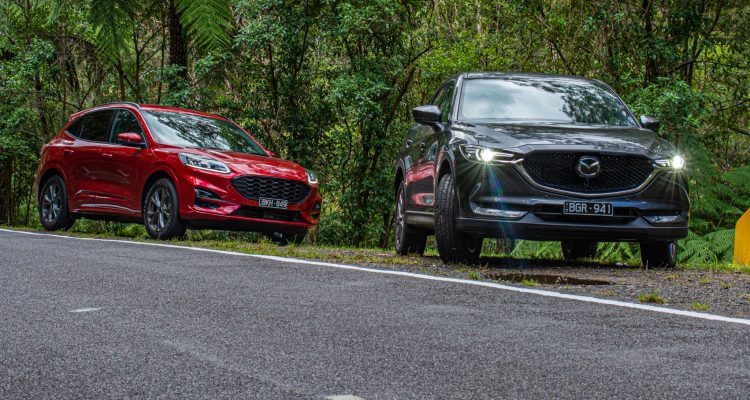
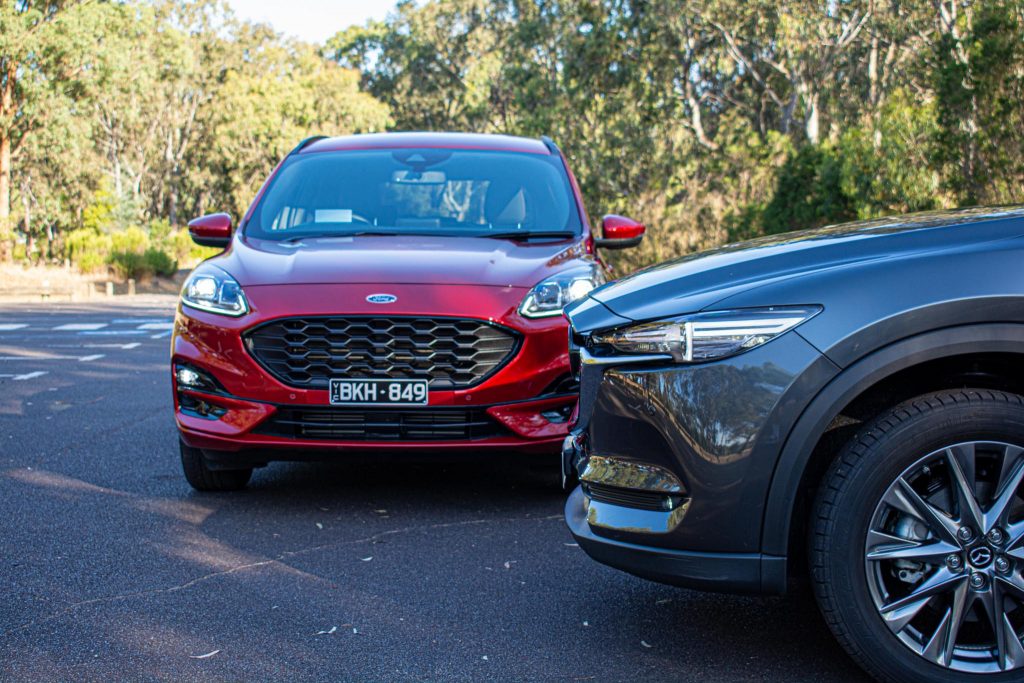
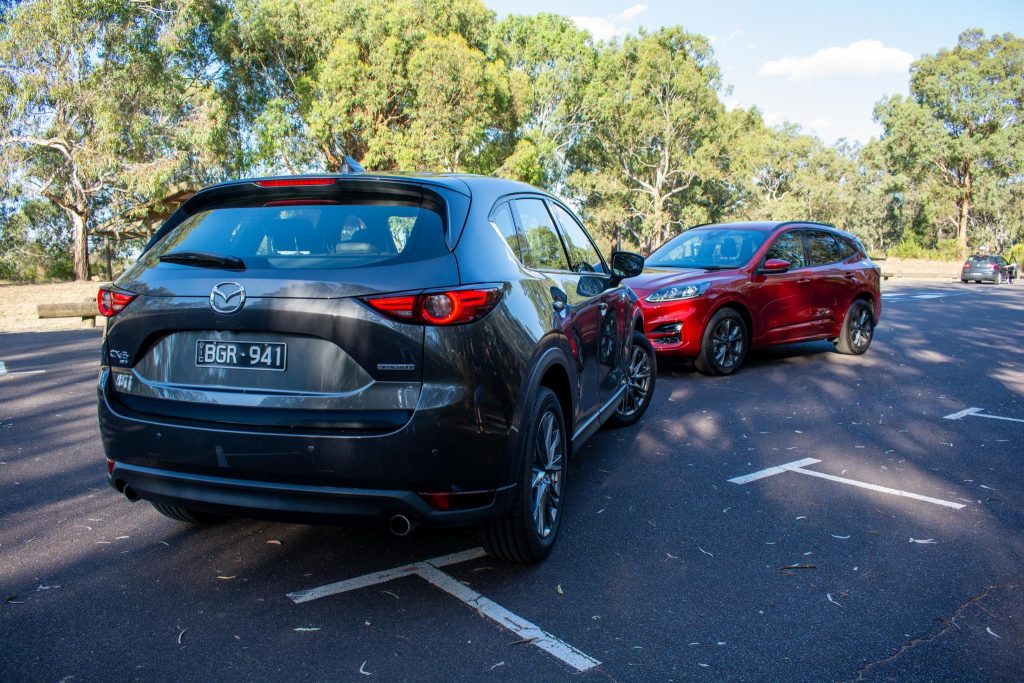
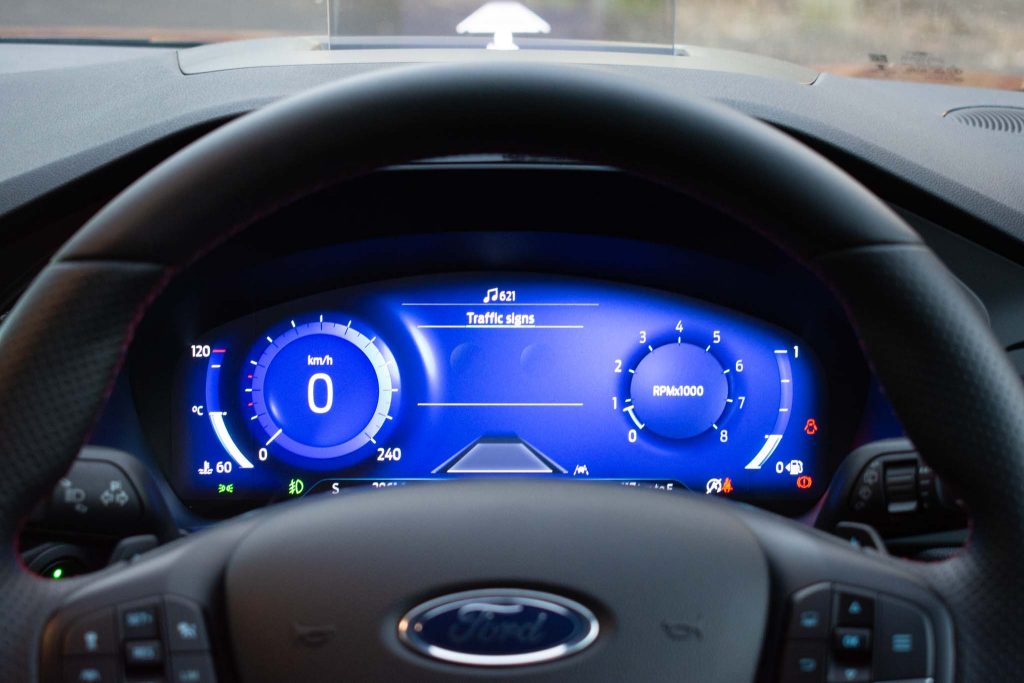
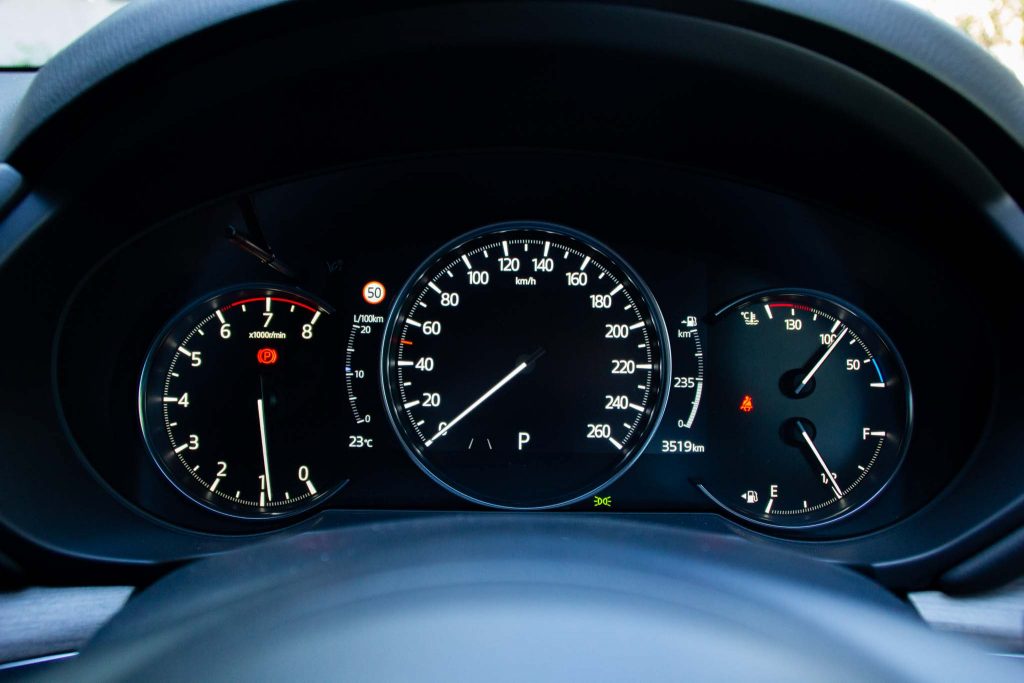
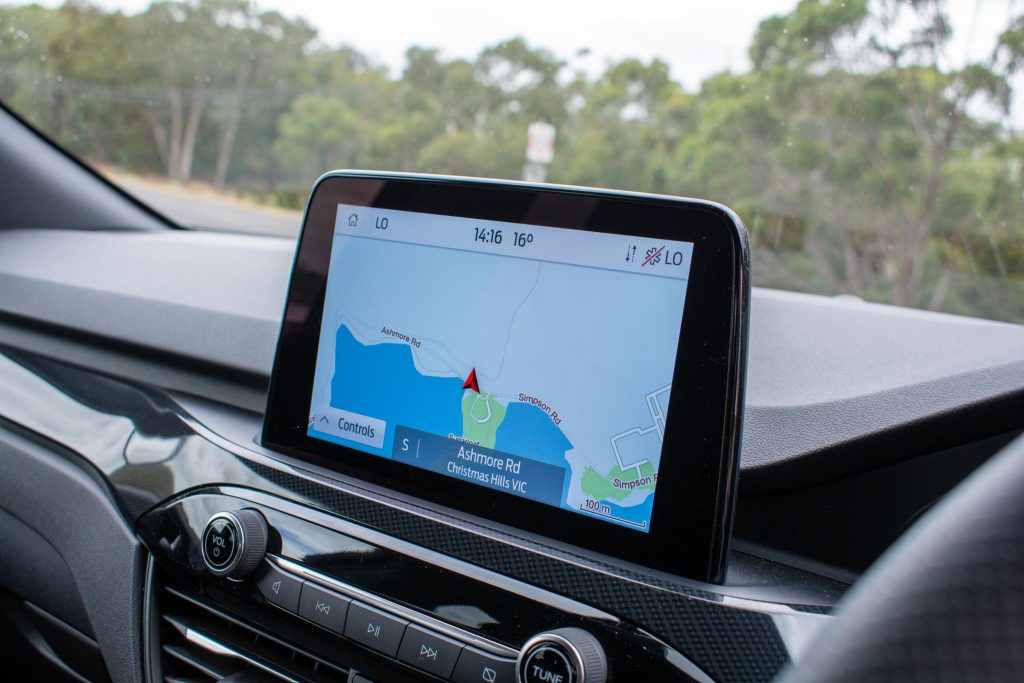
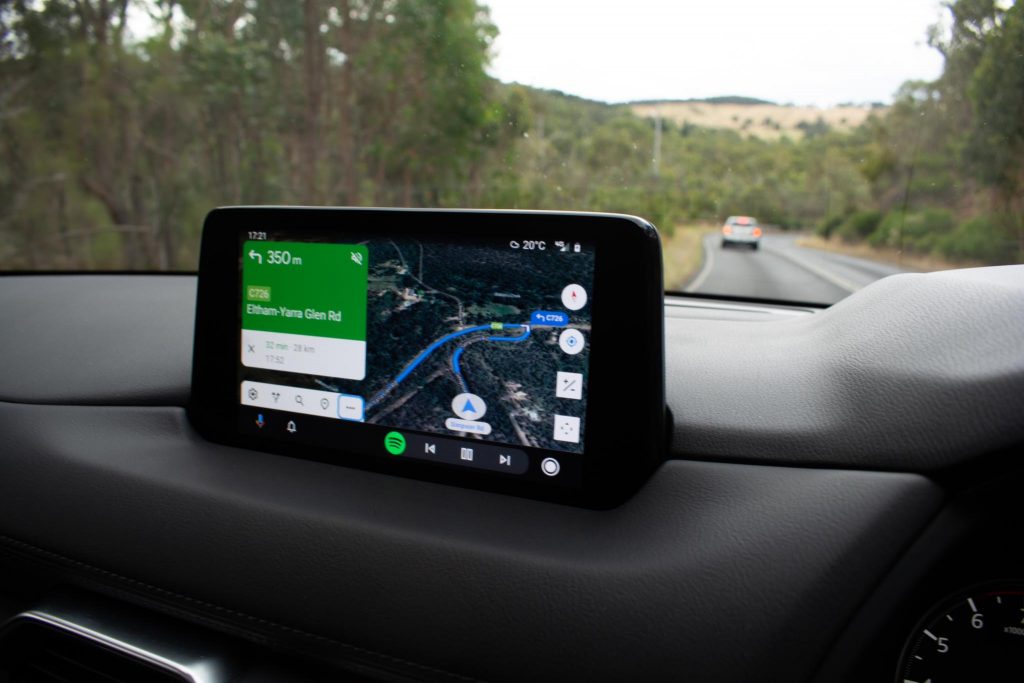
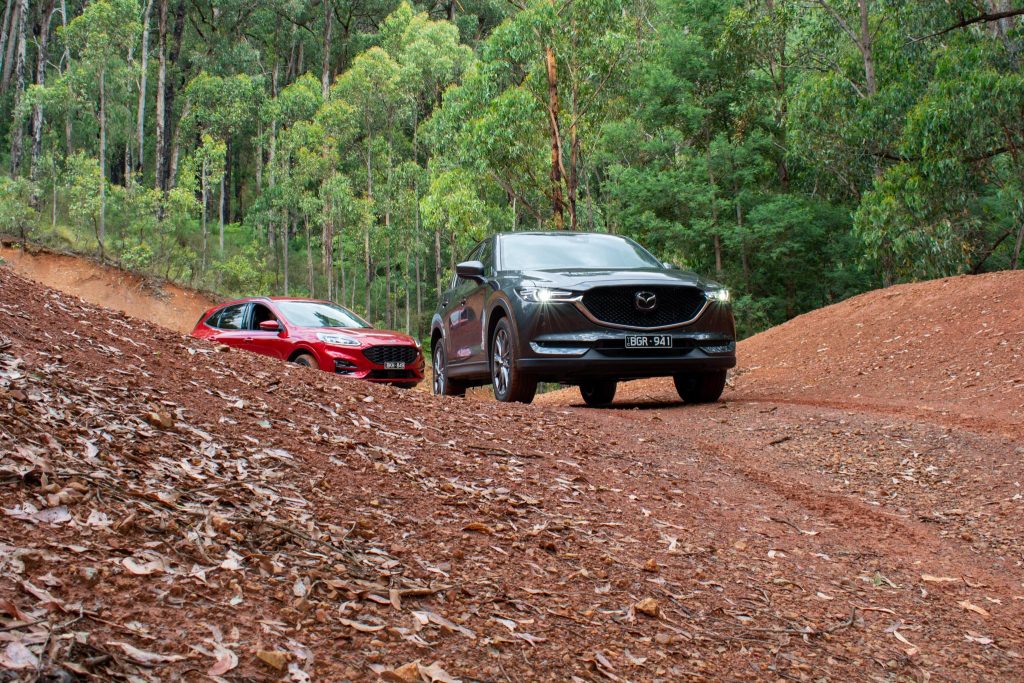
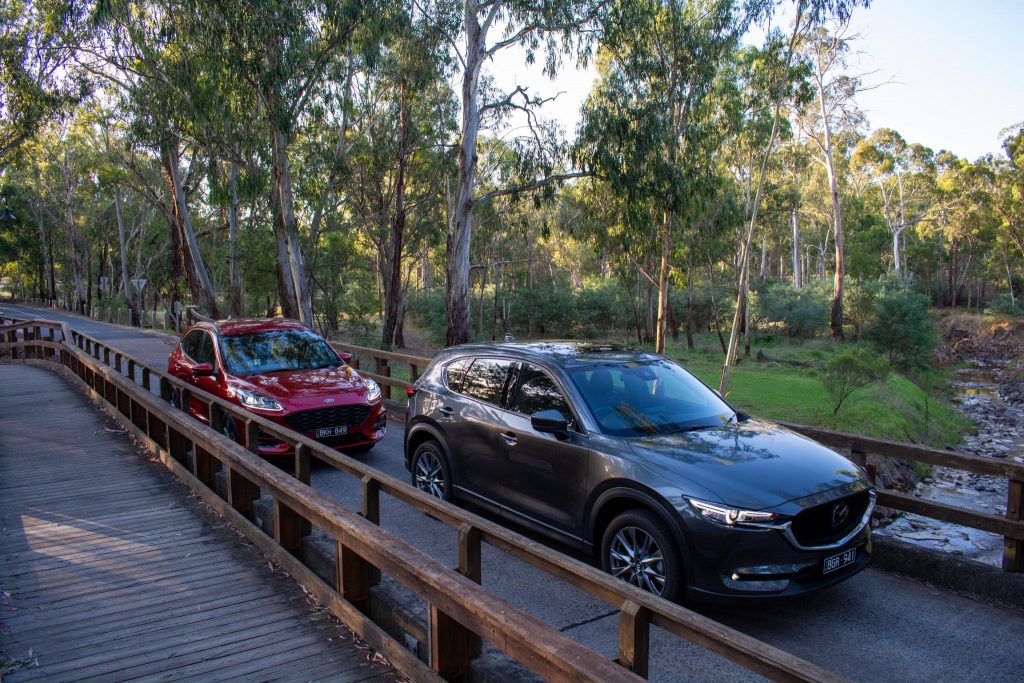
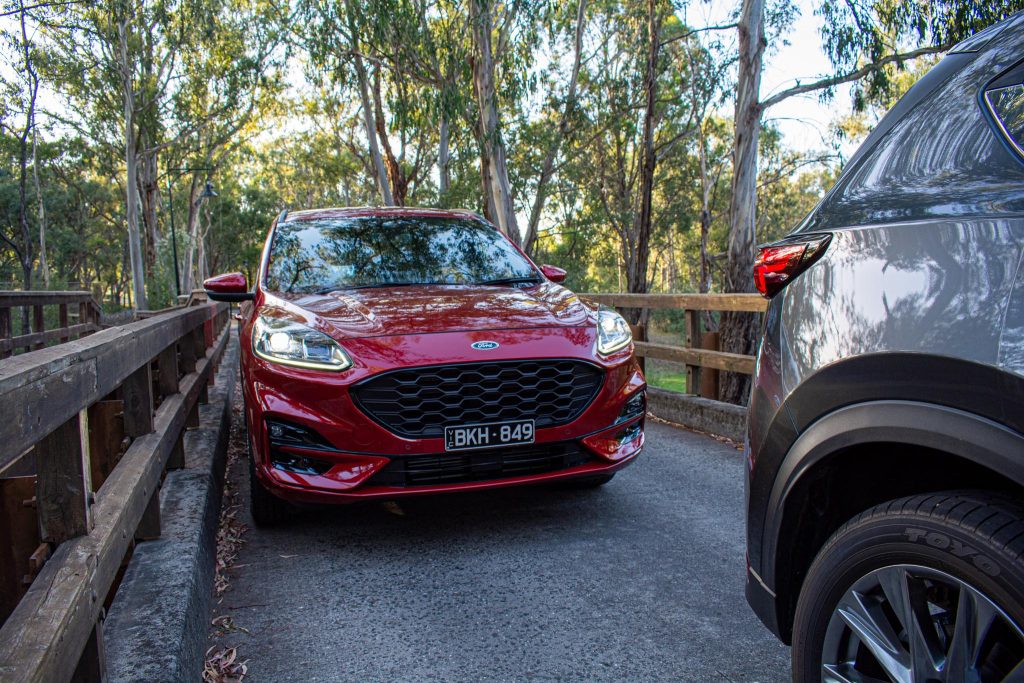
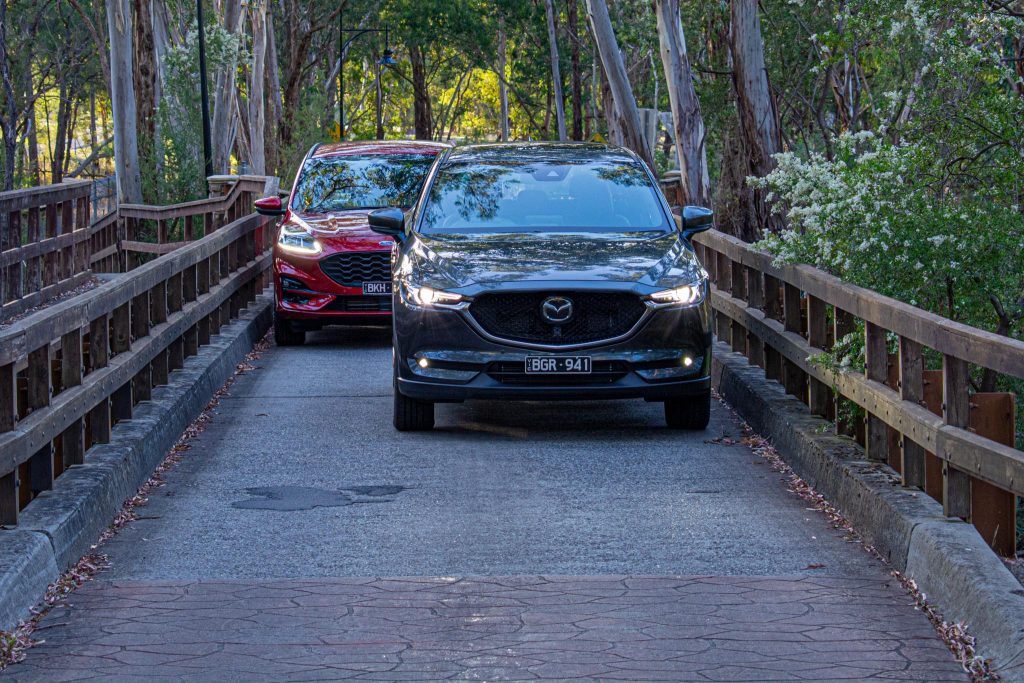
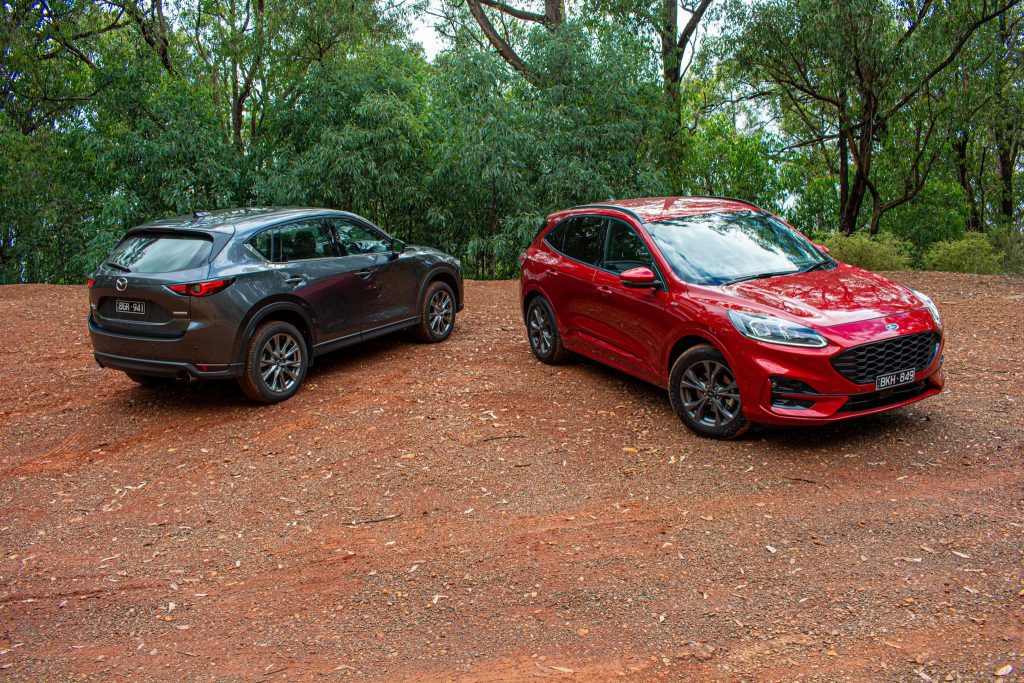
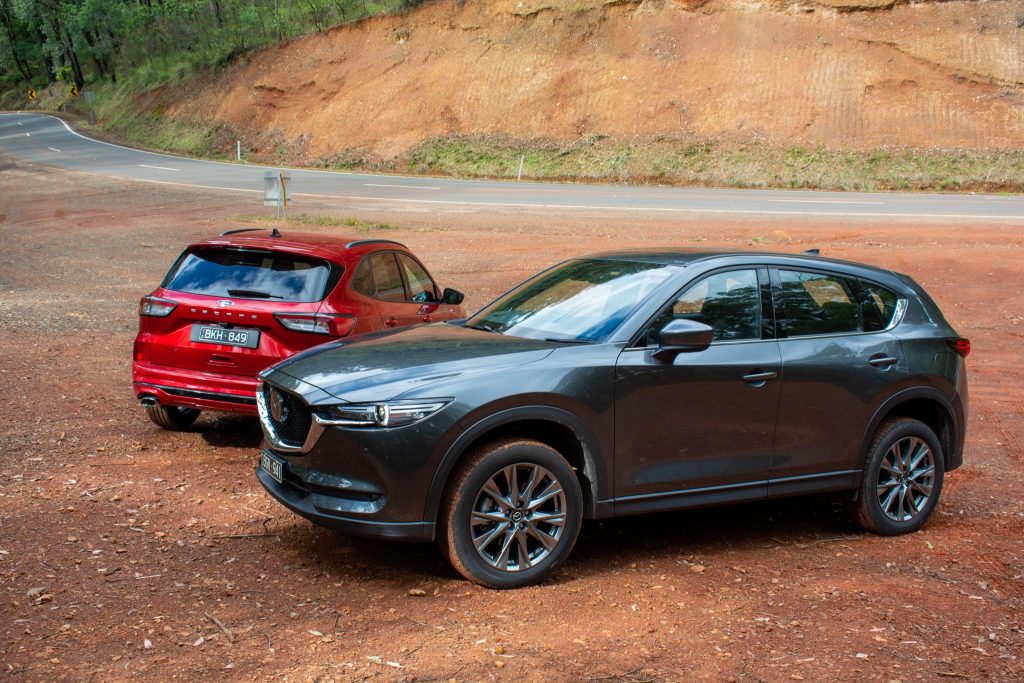
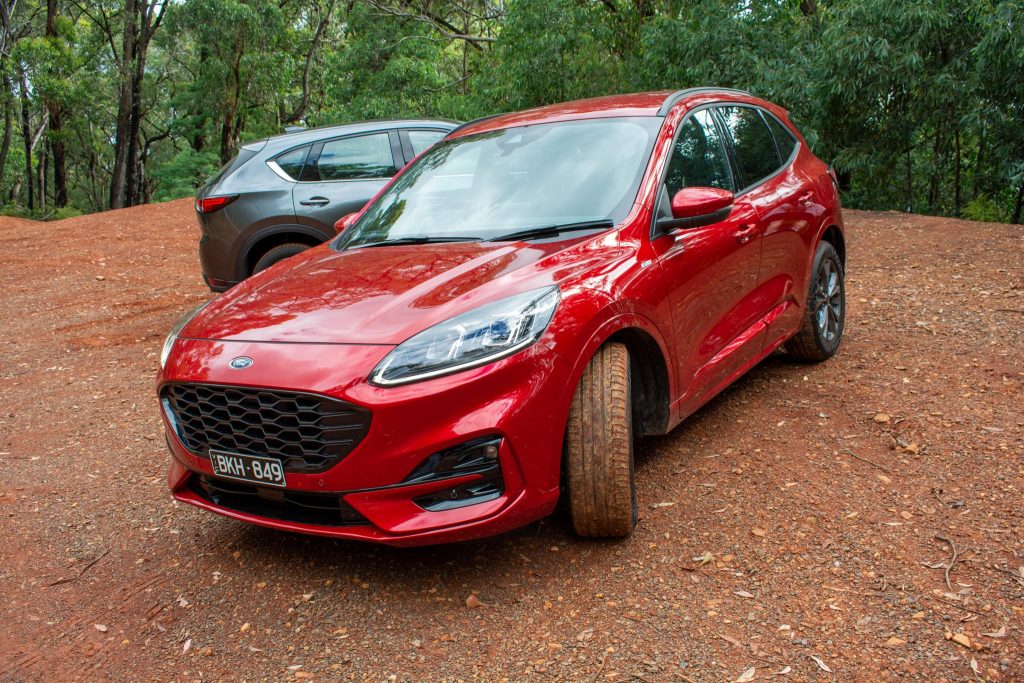
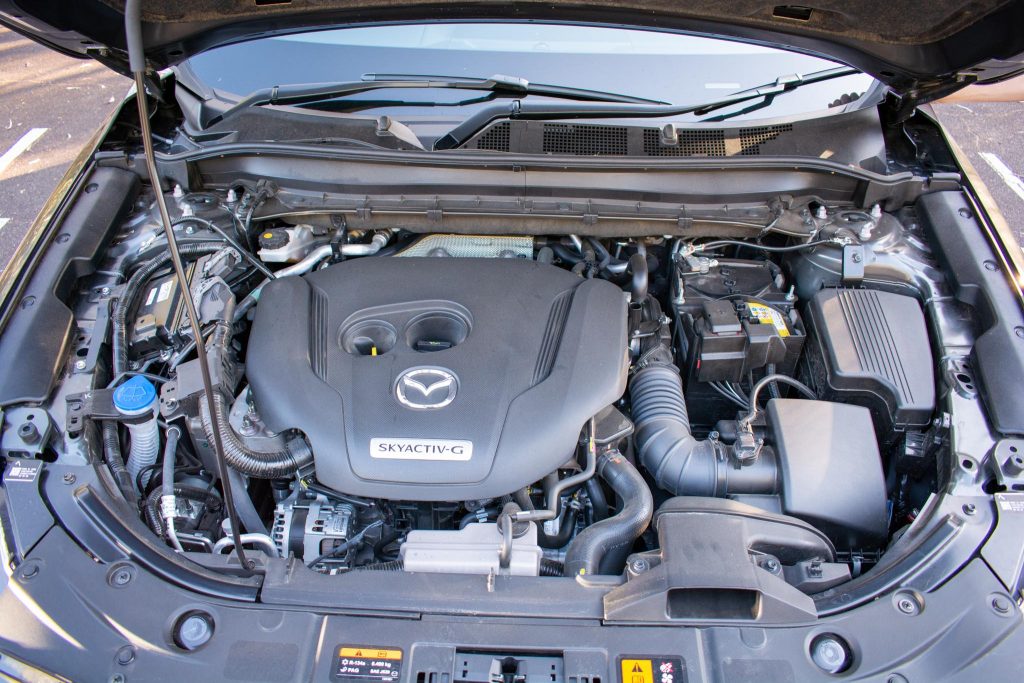
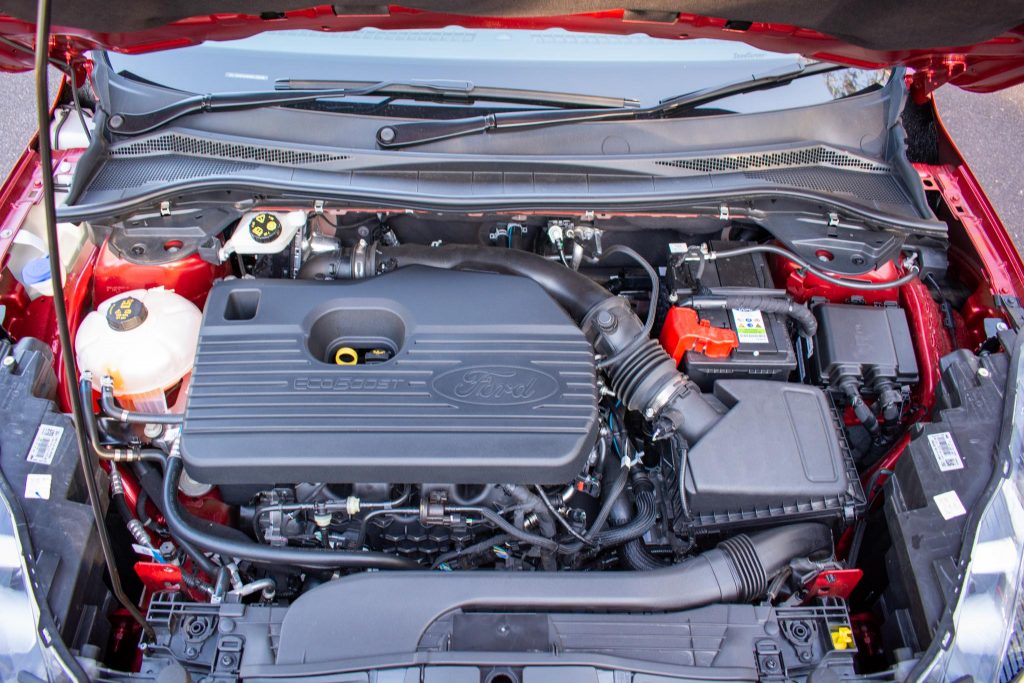
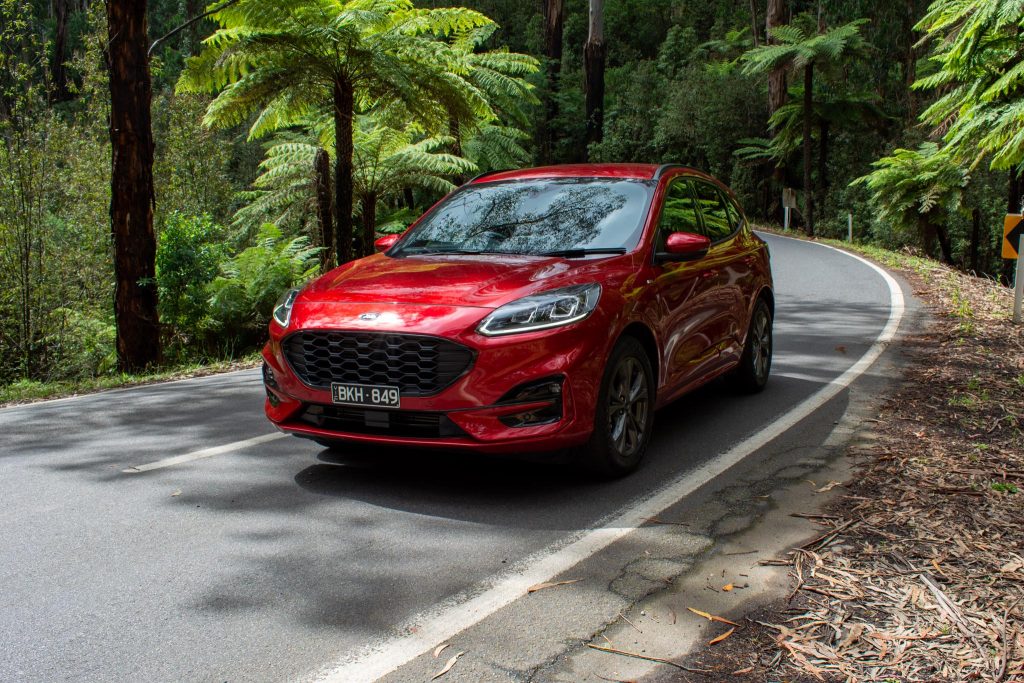
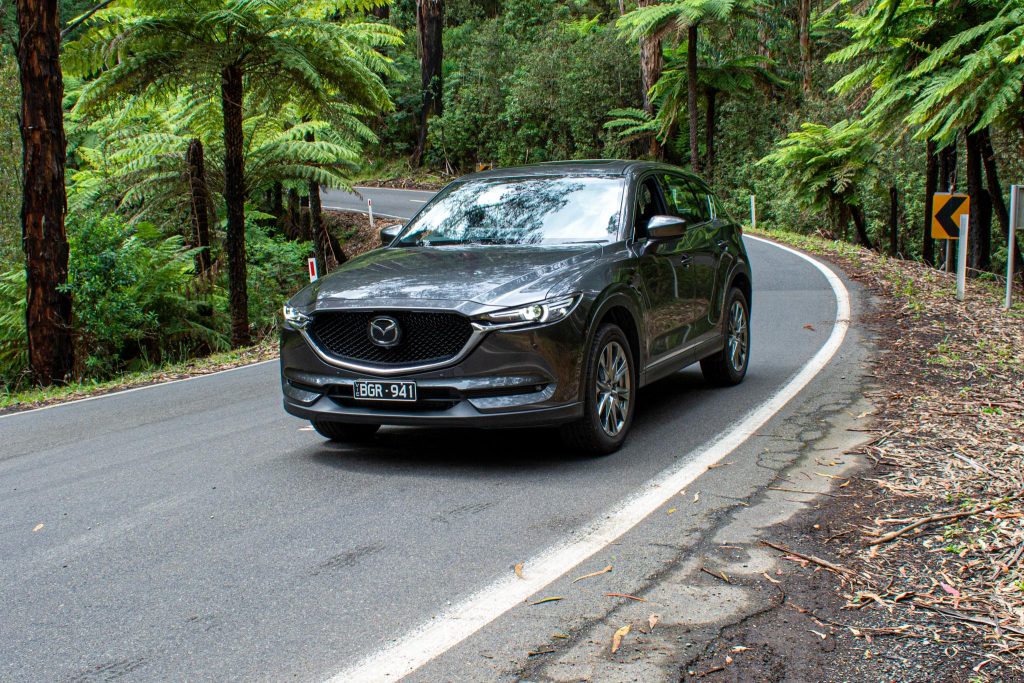
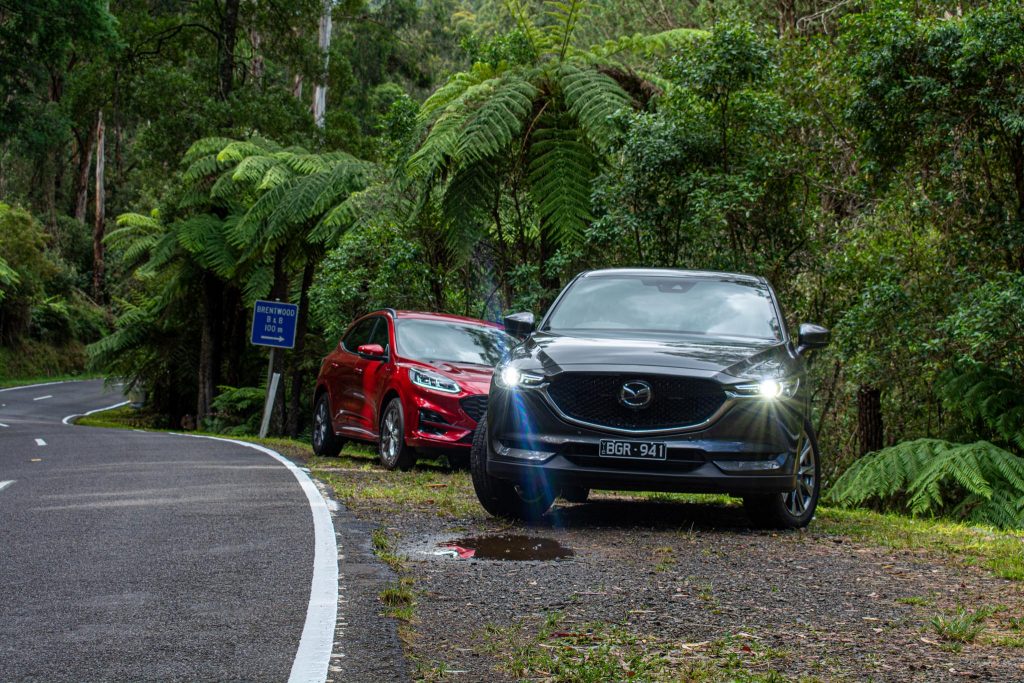
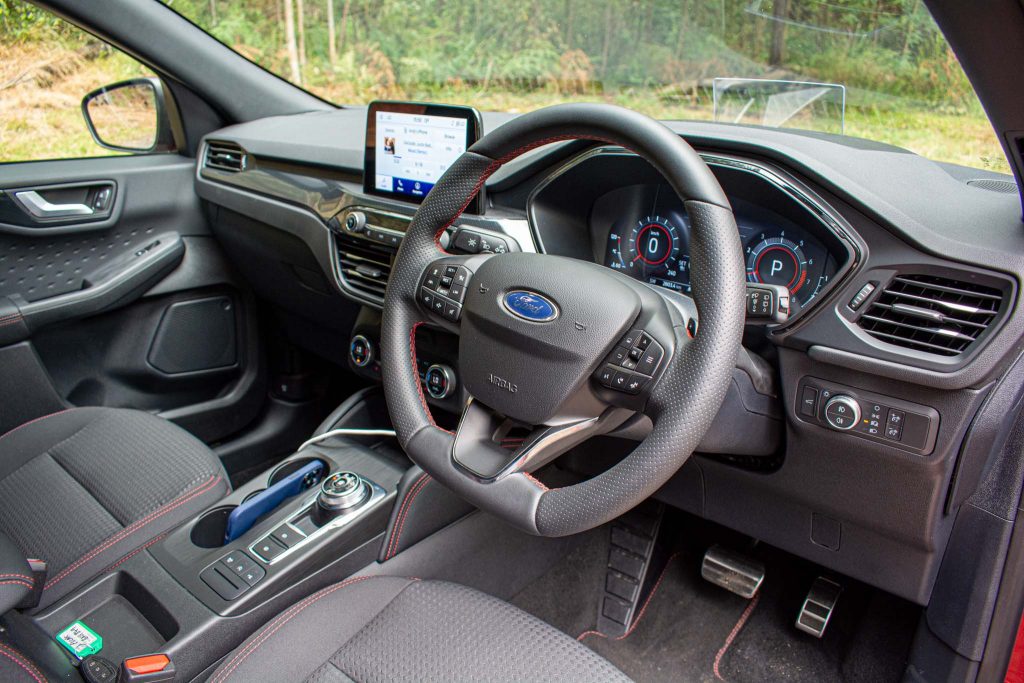
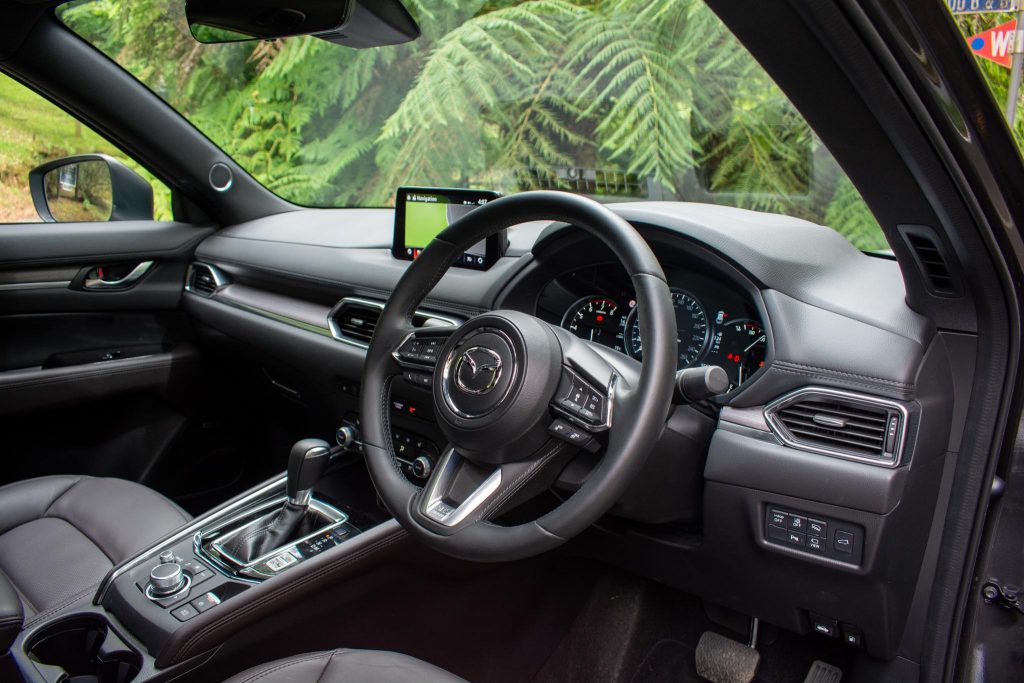
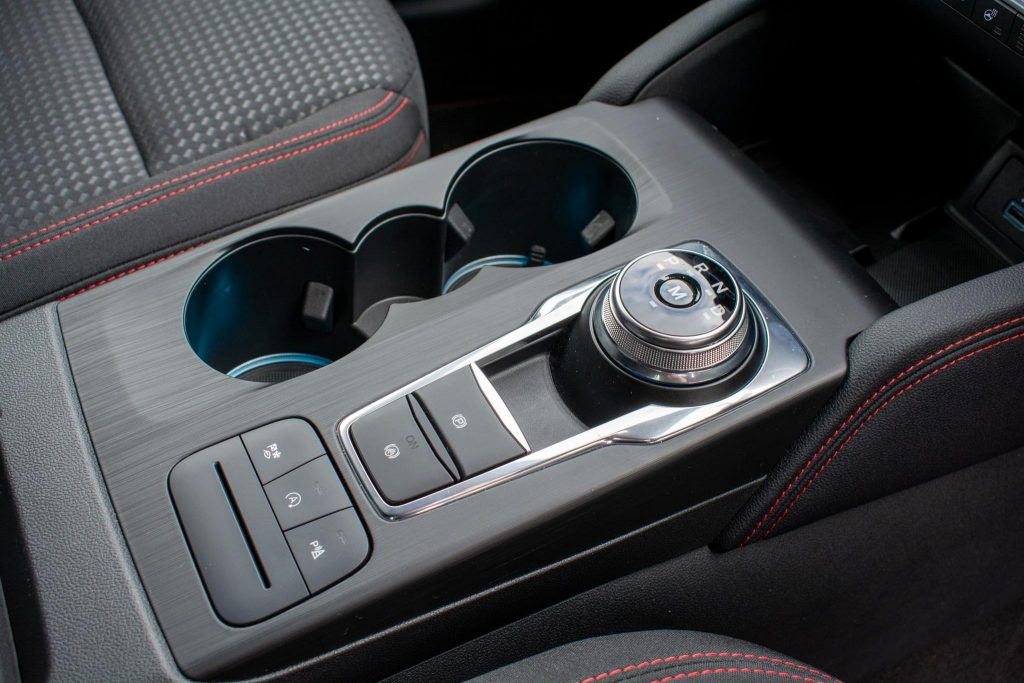
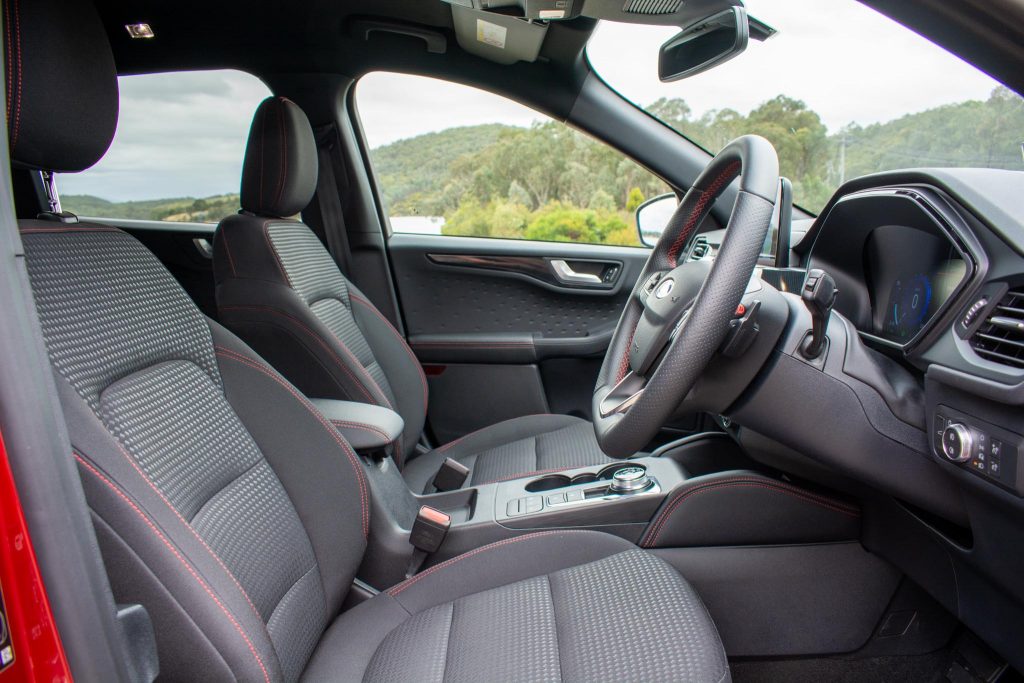
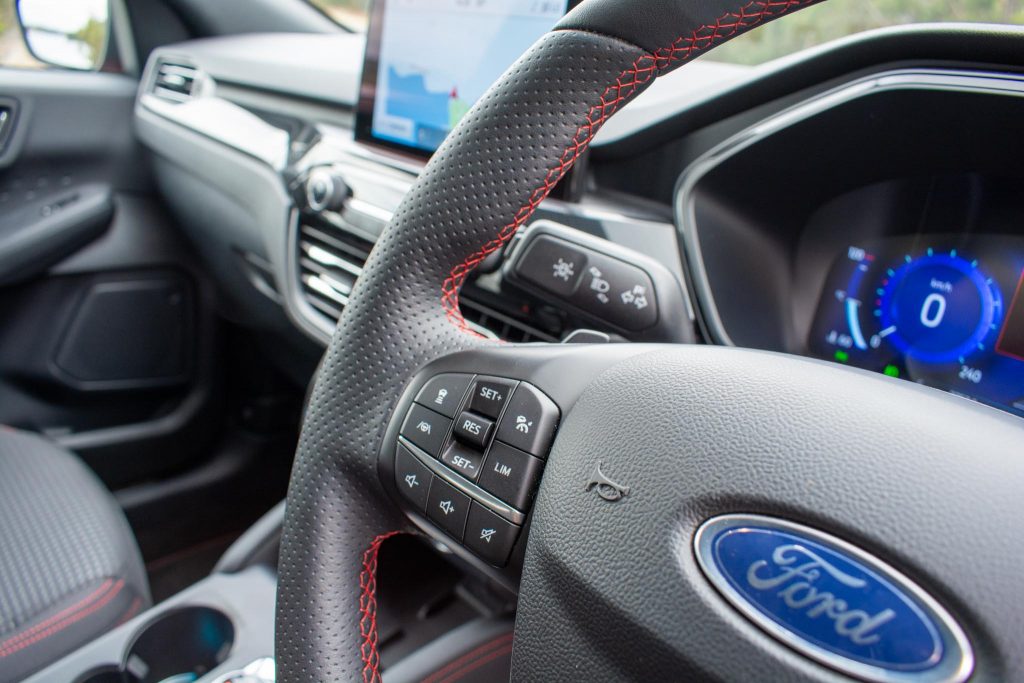
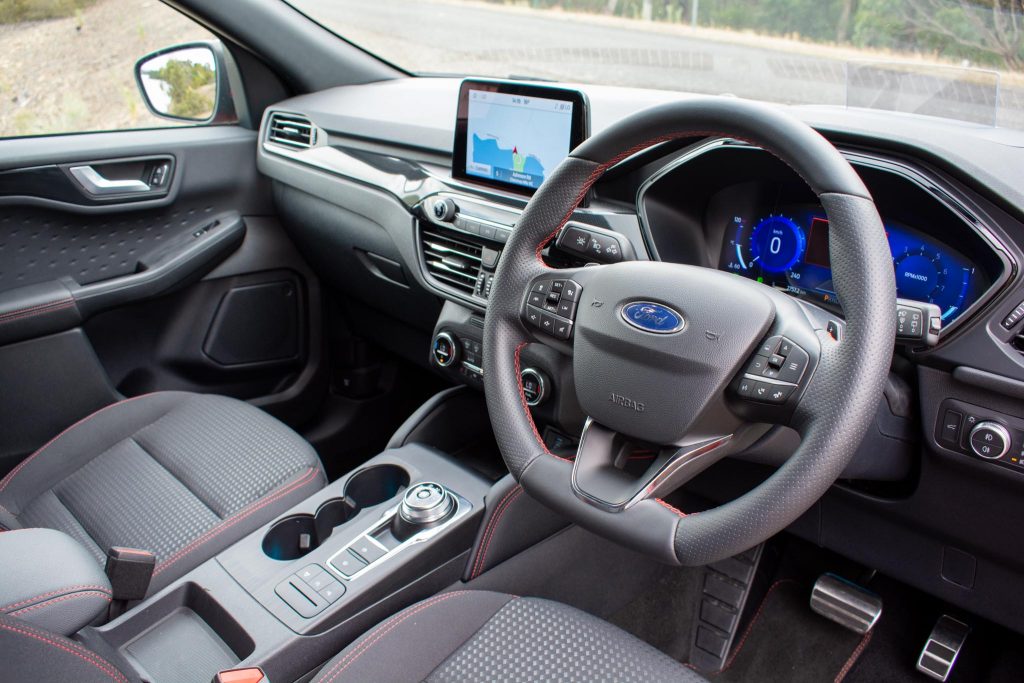
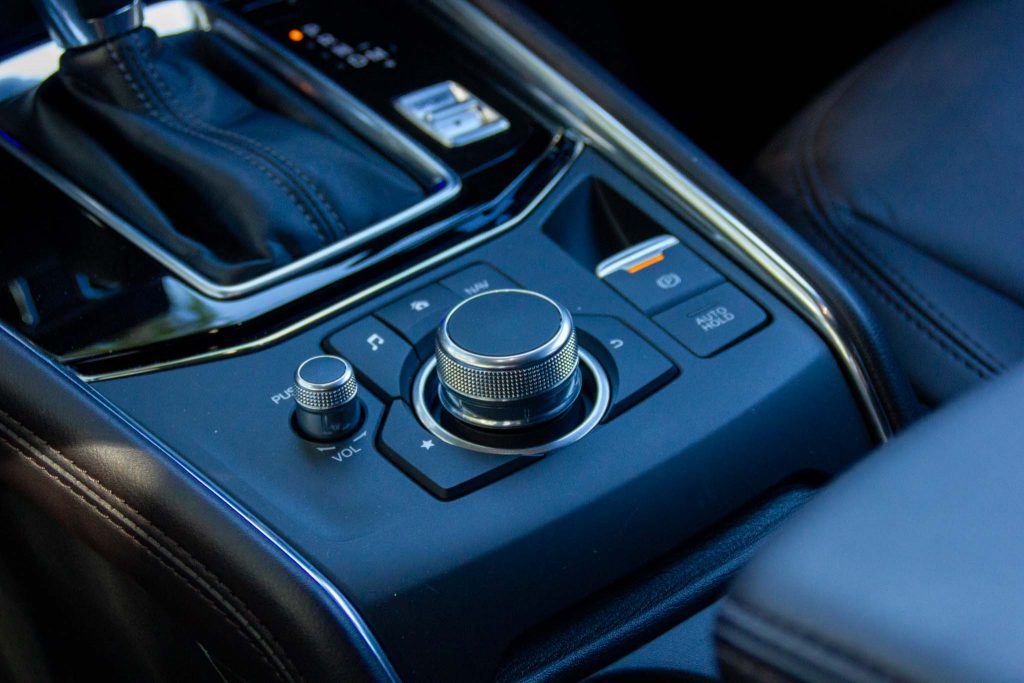
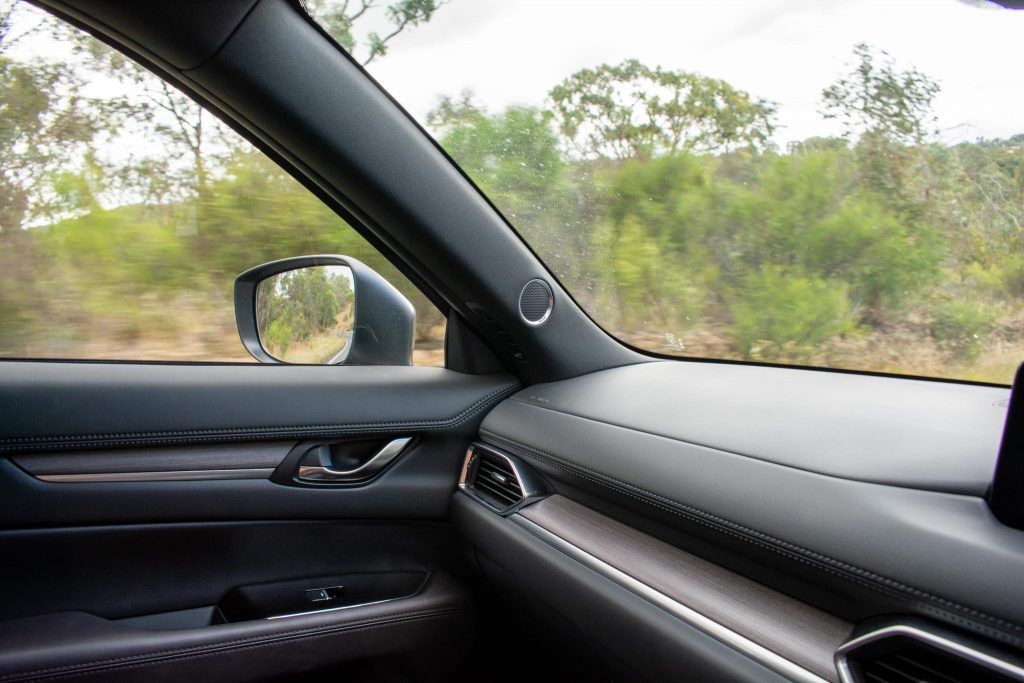
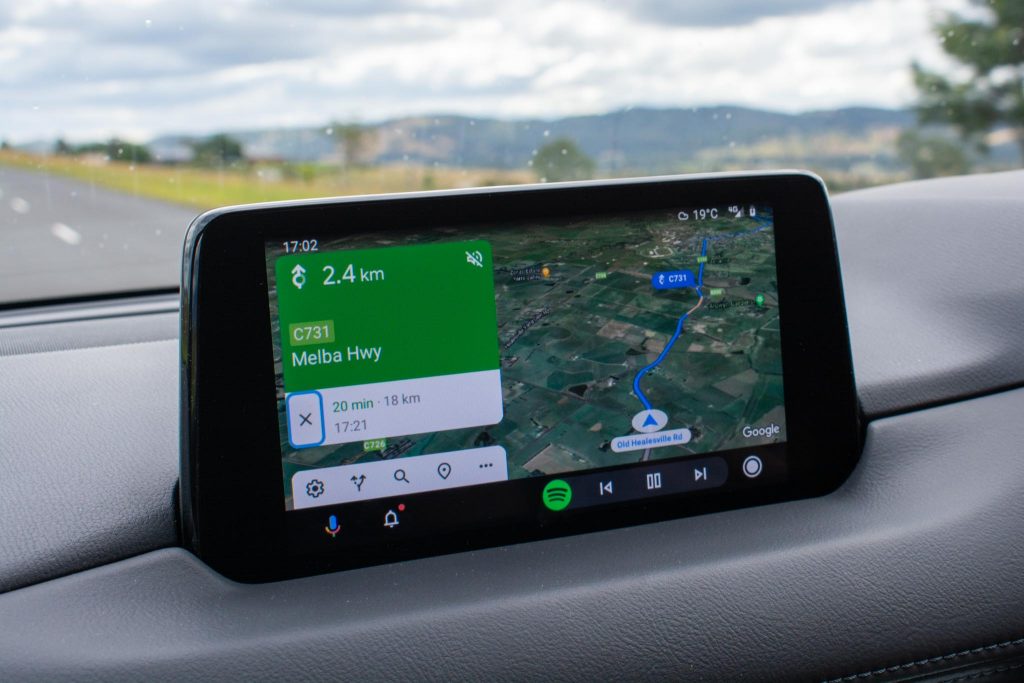
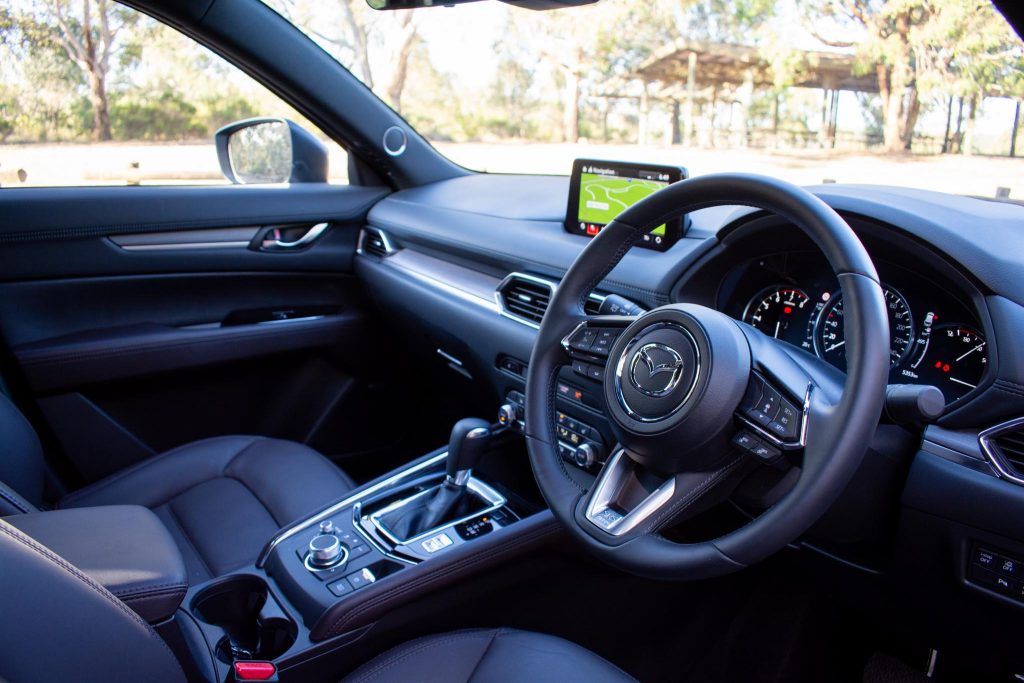
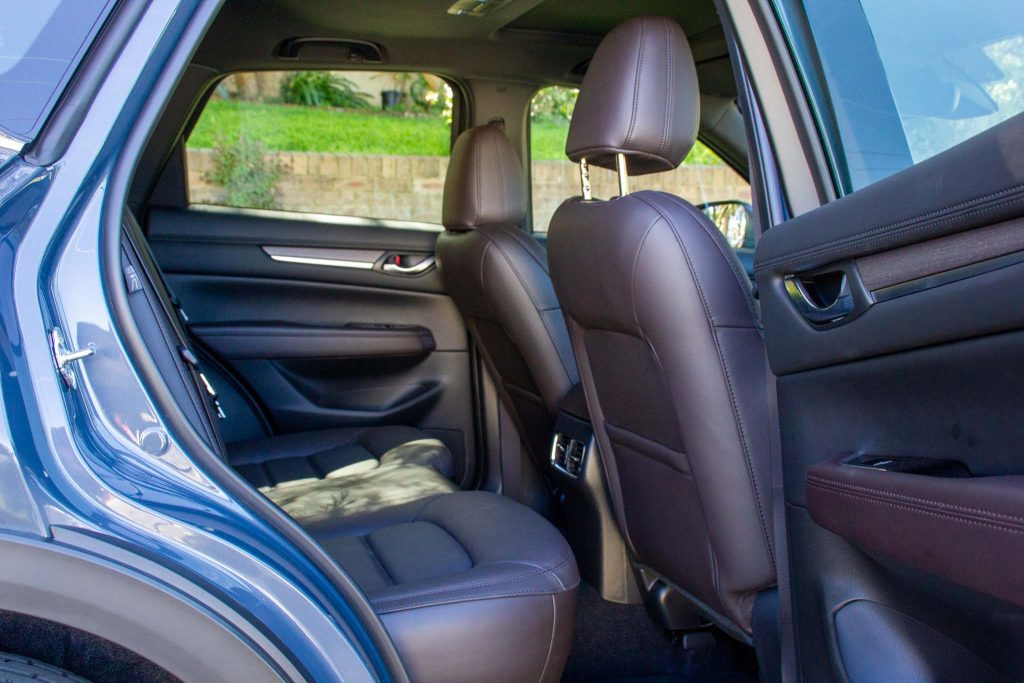

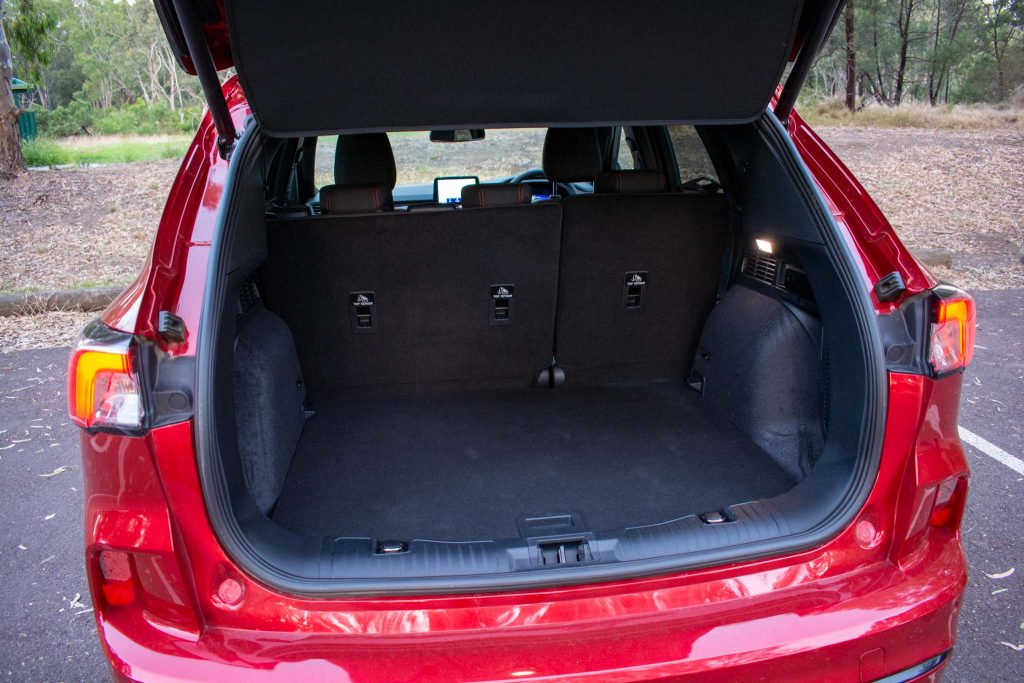
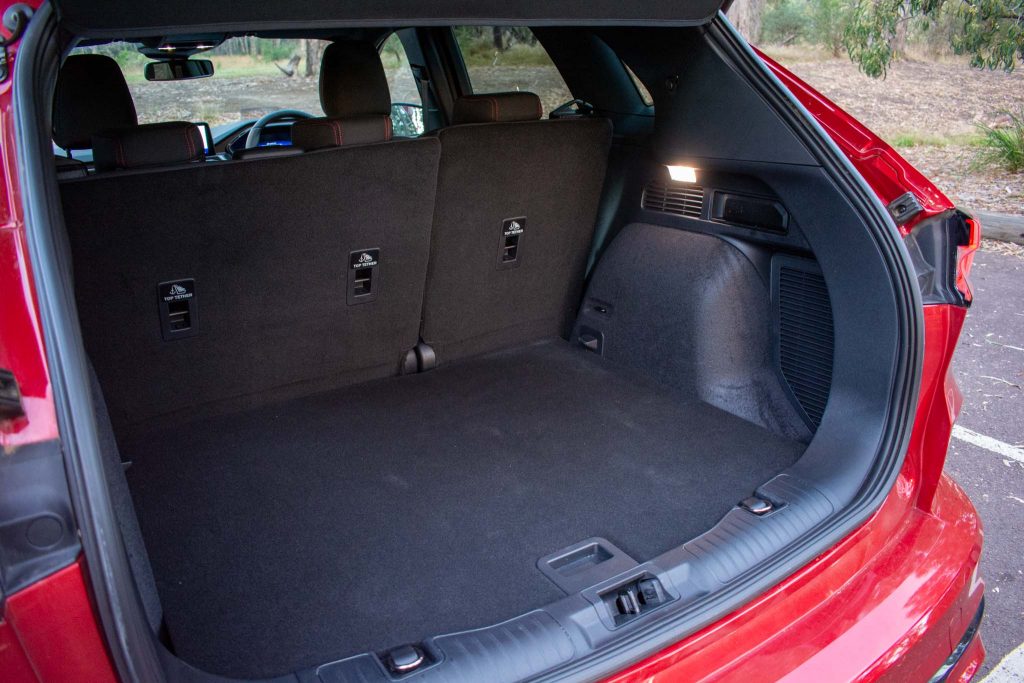
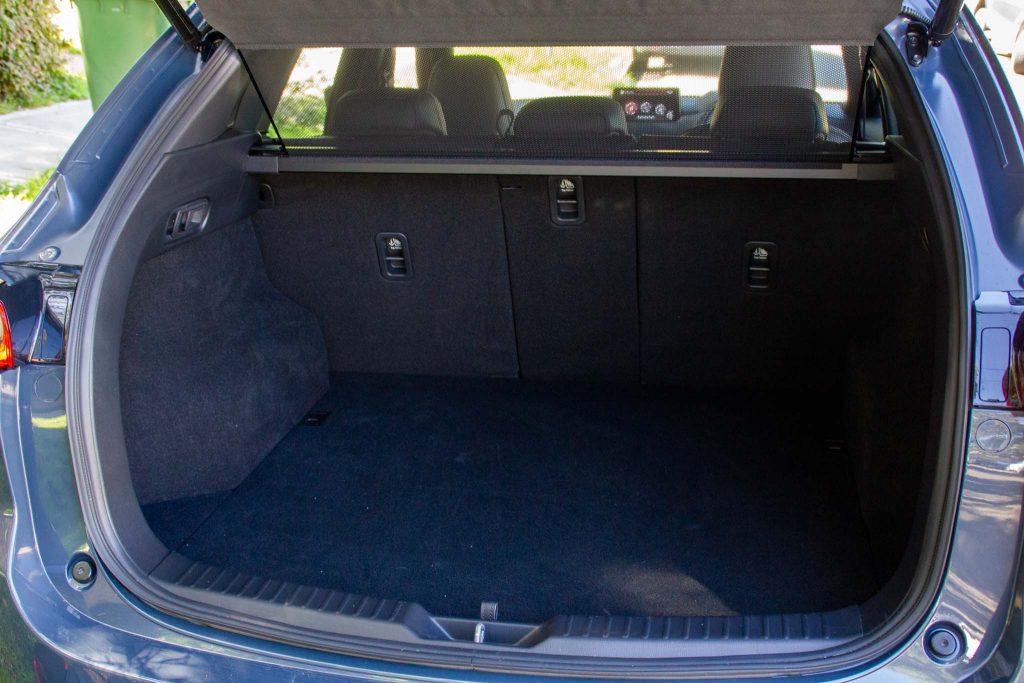
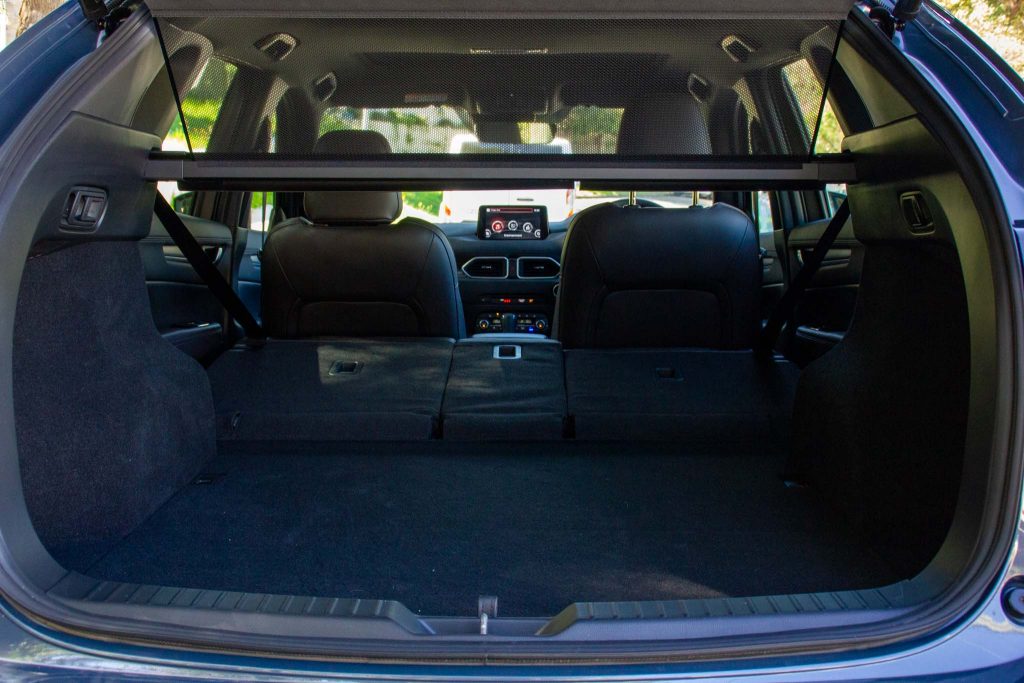
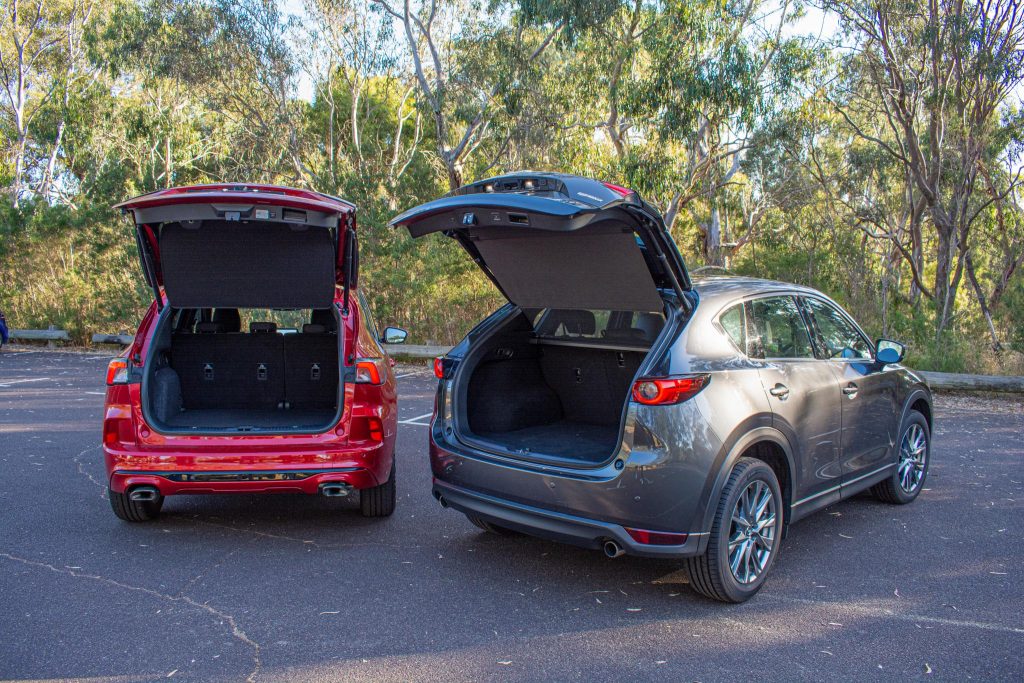
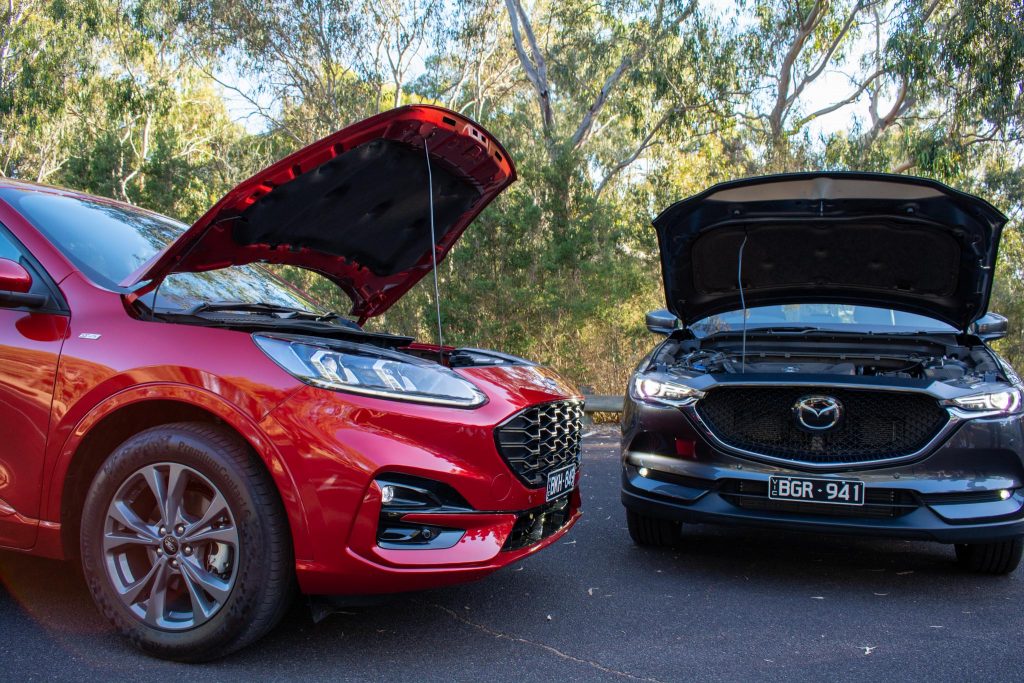
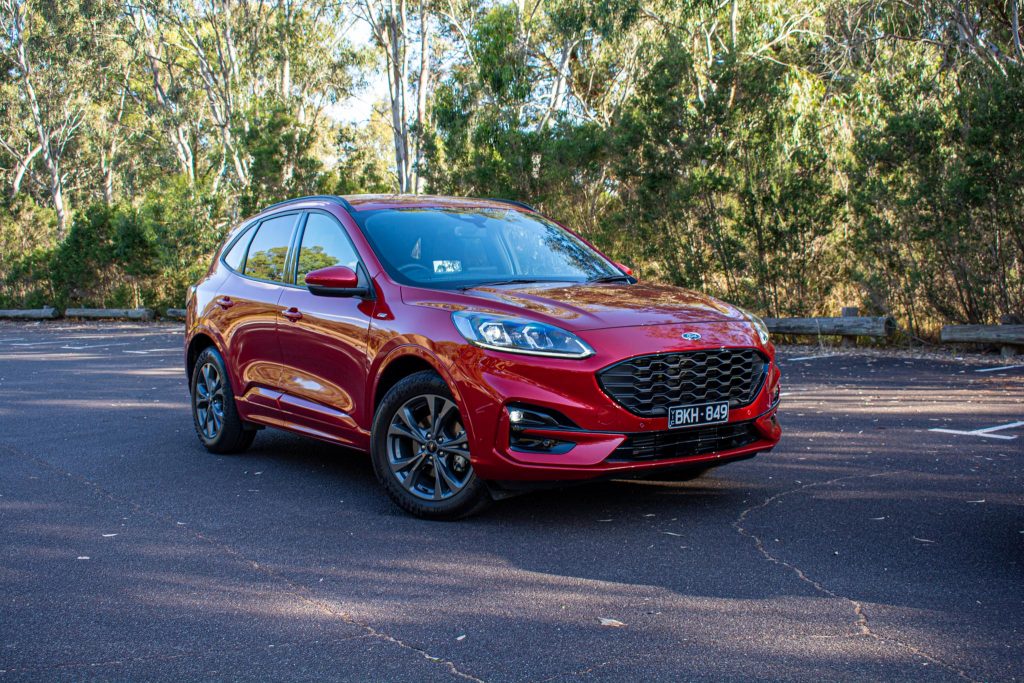
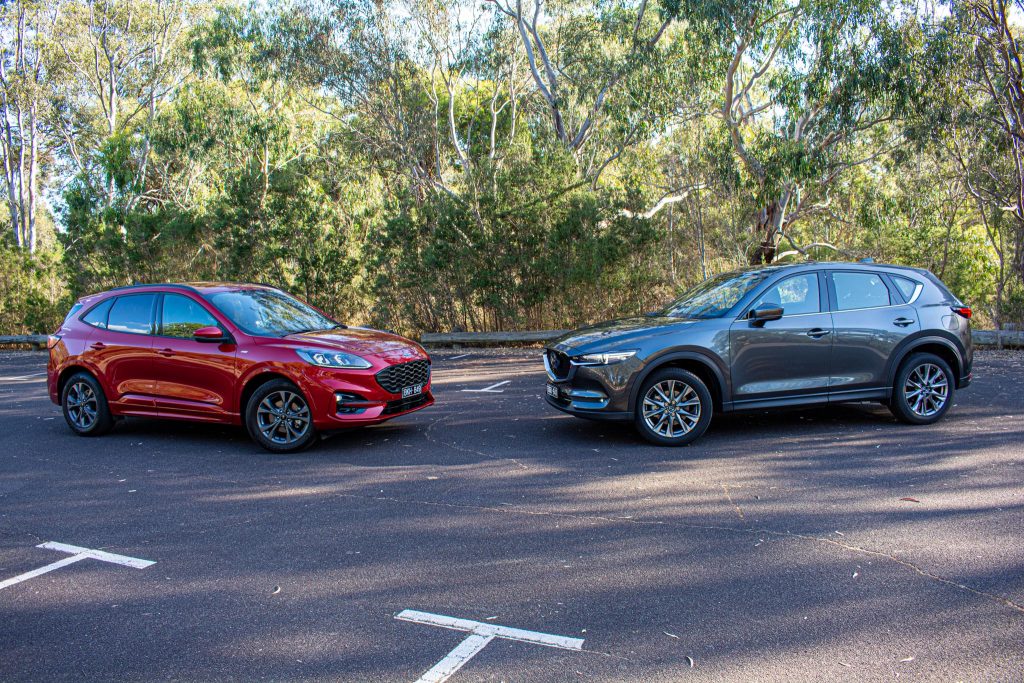
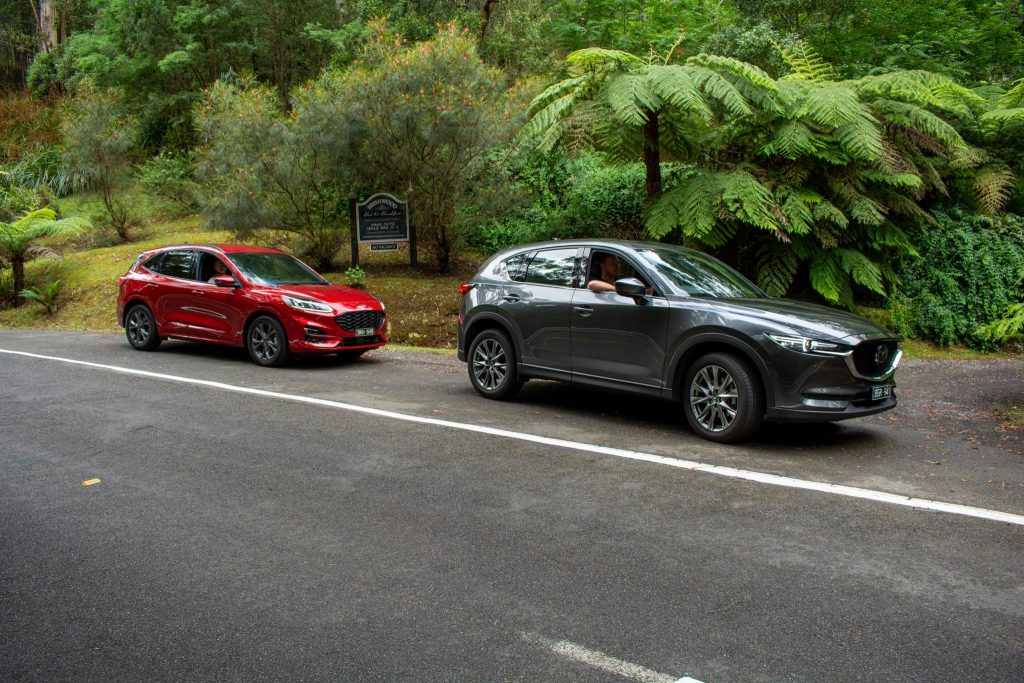
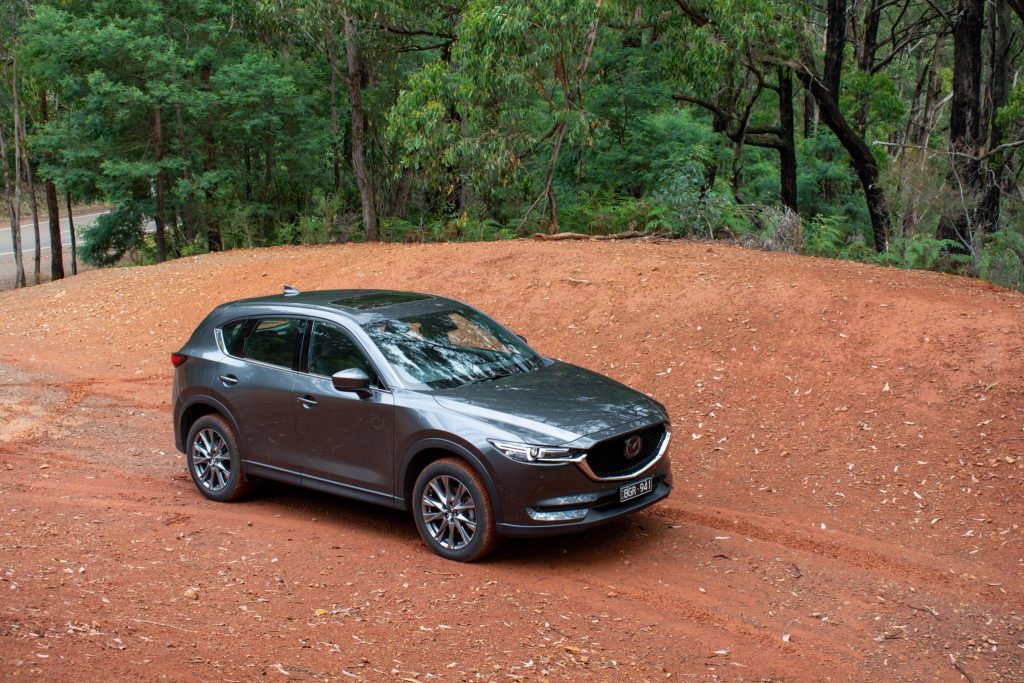
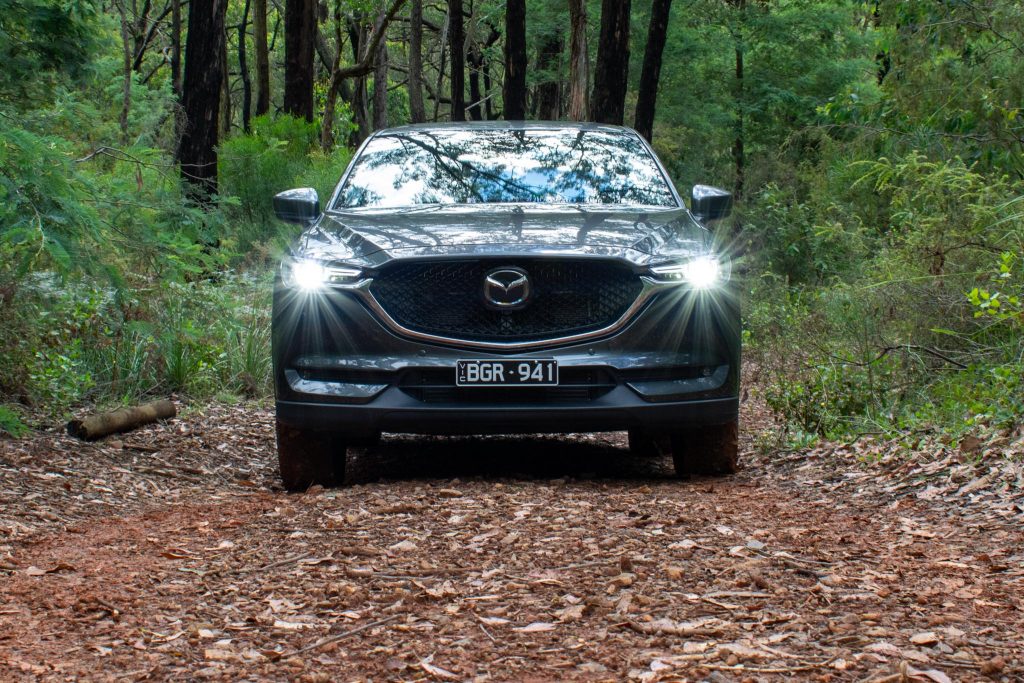
Leave a Reply